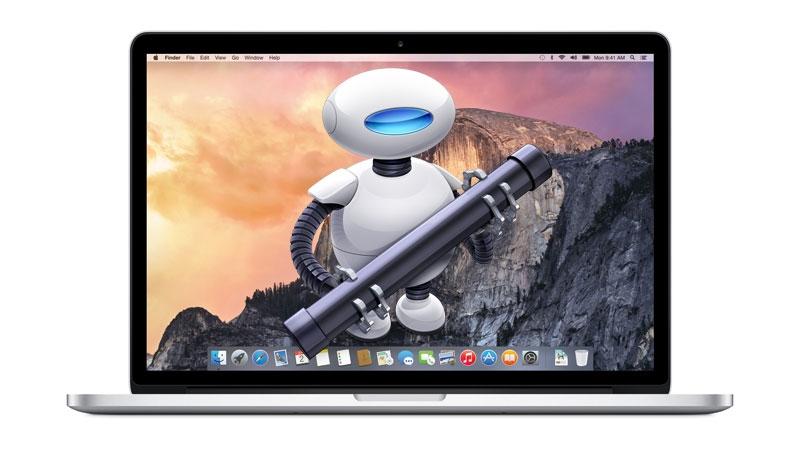Microsoft has thought about it and will not simply throw away Windows 10 as previously announced. However, the company has announced an extension of its support with security updates that has not sat well with users. The reason? You will have to pay to be covered.
That is not how things are done. Until now we knew that Windows 10 had the “expiration date” set in the month of October 2025. The date is closer than we can imagine in view of the million-dollar number of computers that still use this operating system because there is no passed to Windows 11. And, also until now, it was thought that not continuing with security updates was both a technical and logistical issue. But Microsoft has just shown that the reasons are different.
If you pay, you will have updates
That the use of Windows 10 by 1.4 billion users is condemned to checkout in order to continue using the operating system is not a pretty thing. The truth is that it is quite dramatic that a platform with so much history and that also leads the market, starts to use this type of initiative to pressure users to pay more. We sometimes criticize Apple for some of its morally questionable decisions, but Microsoft is showing that, if it puts its mind to it, it can catch up.

And what do they offer users? The plan is for them to make the payment for what has been called the Extended Security Updates (ESU) program. It may sound familiar to you, since Microsoft already offered it in old versions such as Windows 7, although in that case only to companies (where it may make more sense for them to want to get a little bit of a cut in exchange for continuing to support them). However, now they have thought that why limit themselves to companies if they can also obtain income from users.
This is the real problem
You may think that if the ESU program is not new, this is not such a bad or crazy thing. That is, with Windows 7, ordinary users found a way to “sneak” into the program without having to pay for it. Microsoft always knew this, but it didn’t penalize it either. In this case, it is obvious that there will be no alternatives and this is possibly why they have decided to extend the program to consumers.

However, the fact that you cannot continue “hacking” the system to have updates without paying is not the problem. The truth is that, in the times of Windows 7, the same drama that is being experienced now did not take place. What is the difference? The real problem is that not all users have the right to upgrade their Windows 10 computer to Windows 11 without having to pay anything. With the previous version, all owners of a Windows 7 computer were able to upgrade to Windows 10 and continue to have updates. That meant Microsoft left no one behind. But this time hundreds of millions of terminals are left without the opportunity to move to Windows 11. And what do they have to do in that situation?
They can pay for the ESU program, buy a new computer with Windows 11 or switch to Linux. And, although that last option sounds good to those who understand, the truth is that it is not a decision that can be easily made if you have never used an operating system other than Microsoft’s. Therefore, and although one could understand Microsoft’s commercial motives, the truth is that it is a quite reprehensible situation that, in the end, will end up taking its toll.

It remains to be seen what the price of the annual subscription to the ESU program will be. At least it will be annual. However, the fact that Microsoft has not revealed its cost is something that makes us suspicious. Because they know well that this news was not going to be received positively and it is most likely that revealing an economic subscription cost would have helped them calm the waters. Although, if we think about it, it is clear that if we consider paying to continue having Windows 10 updates, the rate would have to be rather cheap. We will have to wait to find out more about what Microsoft is preparing, but the problem they are going to have to face is that users will remember what happened and will know that, in the future, the same thing could happen with Windows 11, Windows 12 and with the rest of the versions.















